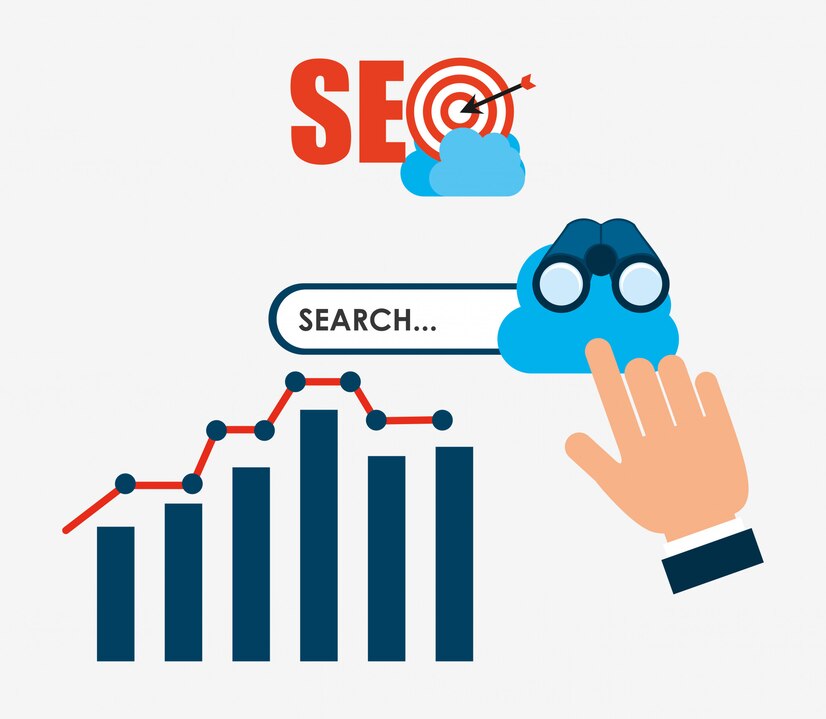Learning digital marketing involves understanding various online tools, strategies, and platforms to promote products or services. Here’s a step-by-step guide to get started:
1. Understand the Basics
- Definition: Digital marketing is the use of digital channels like search engines, social media, email, and websites to connect with potential customers.
- Components: Familiarize yourself with key areas such as Search Engine Optimization (SEO), Content Marketing, Social Media Marketing, Pay-Per-Click (PPC) Advertising, and Email Marketing.

2. Learn SEO (Search Engine Optimization)
- Keyword Research: Learn how to discover the right keywords that people are looking for.
- On-Page SEO: Understand how to optimize website content for search engines.
- Off-Page SEO: Learn about link building and other strategies to improve your website’s authority.
- Tools: Use tools like Google Analytics, Google Search Console, and SEO software like Ahrefs or SEMrush.

3. Get Started with Content Marketing
- Content Creation: Learn how to make engaging content that attracts and holds an audience.
- Blogging: Start a blog to practice writing and content optimization.
- Visual Content: Explore creating videos, infographics, and other visual content.
- Content Distribution: Learn how to share and promote content across various platforms.
4. Dive into Social Media Marketing
- Platform Familiarity: Understand how platforms like Facebook, Instagram, Twitter, LinkedIn, and YouTube work.
- Content Strategy: Develop a strategy for what kind of content to post, when, and how often.
- Advertising: Learn how to create and manage paid ad campaigns on social media.

5. Understand Pay-Per-Click (PPC) Advertising
- Google Ads: Learn how to create search and display campaigns using Google Ads.
- Social Media Ads: Explore paid advertising options on platforms like Facebook, Instagram, and LinkedIn.
- Campaign Management: Learn how to manage budgets, track conversions, and optimize campaigns for better results.
6. Explore Email Marketing
- Email List Building: Learn how to grow and maintain a mailing list.
- Campaigns: Understand how to create effective email marketing campaigns.
- Automation: Explore tools for automating email sequences and responses.
7. Learn Web Analytics
- Google Analytics: Understand how to track and analyze website traffic.
- Conversion Tracking: Learn how to measure the effectiveness of your campaigns.
- A/B Testing: Experiment with different strategies to see what works best.
8. Take Online Courses
- Platforms: Enroll in courses on platforms like Coursera, Udemy, LinkedIn Learning, or Google’s Digital Garage.
- Certifications: Aim for certifications in areas like Google Analytics, Google Ads, or HubSpot’s inbound marketing.
9. Practice & Build a Portfolio
- Personal Projects: Start a blog, build a social media presence, or run small ad campaigns.
- Freelance Work: Offer services to small businesses or non-profits to gain practical experience.
- Internships: Consider internships to work on real-world projects under the guidance of experienced professionals.
10. Stay Updated
- Industry Blogs: Follow blogs like Moz, Neil Patel, and Search Engine Journal.
- Podcasts & Webinars: Listen to industry experts and stay current with new trends.
- Networking: Join online communities, attend webinars, and connect with other digital marketers.
11. Experiment and Adapt
- Continuous Learning: Digital marketing is always evolving, so keep experimenting and learning.
- Adapt Strategies: Be flexible and ready to adapt your strategies based on performance and new trends.
12. Build a Personal Brand
- Online Presence: Create a personal website and use social media to showcase your expertise.
- Content Sharing: Regularly share your knowledge and experiences to establish yourself as an authority in the field.
By following these steps, you’ll build a solid foundation in digital marketing and be ready to apply your skills in real-world scenarios.
